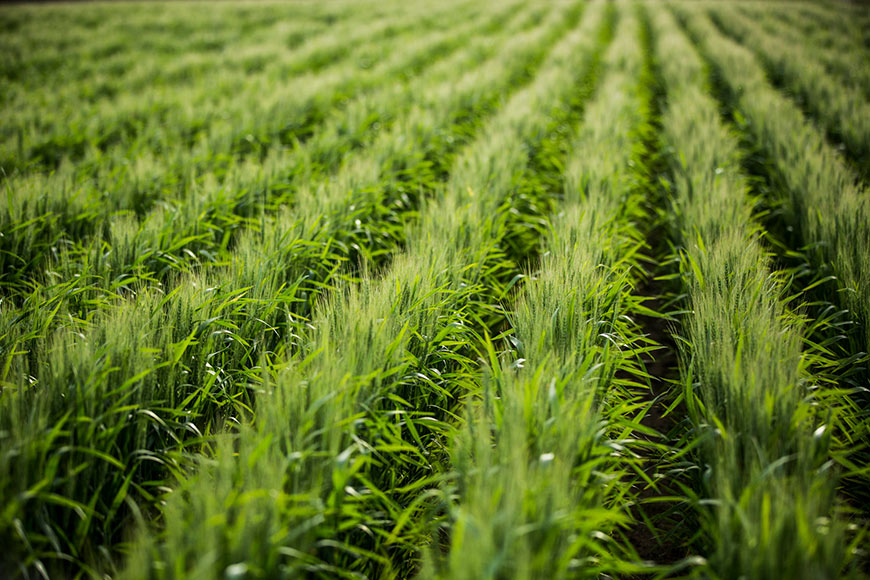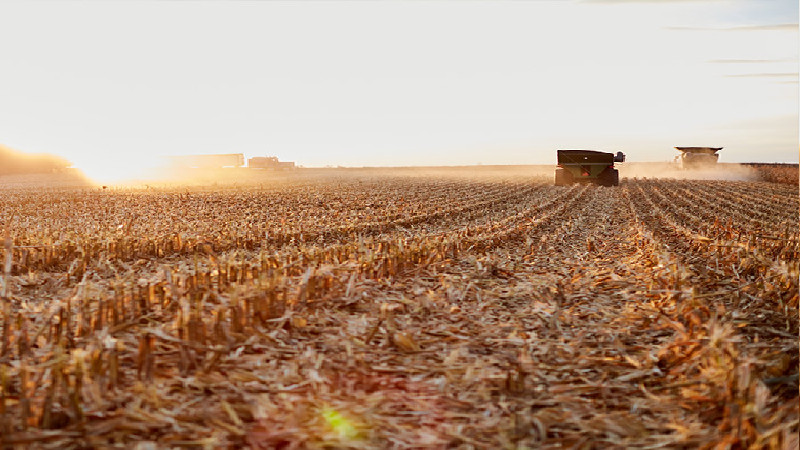Carbon Dioxide Removal (CDR) is an important instrument in the fight against climate change, as it focuses on absorbing and storing excess carbon dioxide from the atmosphere. As global temperatures rise, CDR has become an increasingly important technique for reducing greenhouse gas emissions and restoring ecological equilibrium. In this article, we’ll look at the relevance of carbon dioxide removal and how it might transform agricultural operations.
The Impact of Carbon Dioxide Removal in Agriculture
Agriculture is well-suited to benefit from carbon dioxide removal. Crops can absorb carbon dioxide thanks to modern technologies, which helps increase soil fertility and agricultural output. Farmers may find that incorporating carbon dioxide removal into agricultural operations reduces the demand for chemical fertilizers, resulting in more sustainable farming. According to the World Resources Institute’s 2019 report, “Creating a Sustainable Food Future,” improving agricultural practices could reduce emissions by between 800 million and 1.8 billion metric tons of carbon dioxide equivalent per year.
How Carbon Dioxide Removal Improves Soil Health?
One of the primary advantages of carbon dioxide removal is its positive impact on soil health. By absorbing and storing CO2, farmers can boost soil organic matter, which is required for plant growth. Healthy soil not only increases agricultural yields but also improves crop resilience to environmental shocks. Integrating CDR into farming systems may result in more sustainable agricultural practices that promote long-term food security.
Supporting Sustainable Agriculture with Groundwork BioAg
In addition to combating climate change, carbon dioxide removal is critical for sustainable agriculture. Groundwork BioAg is at the forefront of this revolutionary technique, helping farmers increase crop output, improve soil fertility, and reduce chemical fertilizer use. They offer solutions that do not require changes to existing farming techniques, making it a promising option for farmers to contribute to global climate goals while improving agricultural output. To discover more about their creative solutions, go to Groundwork BioAg.


